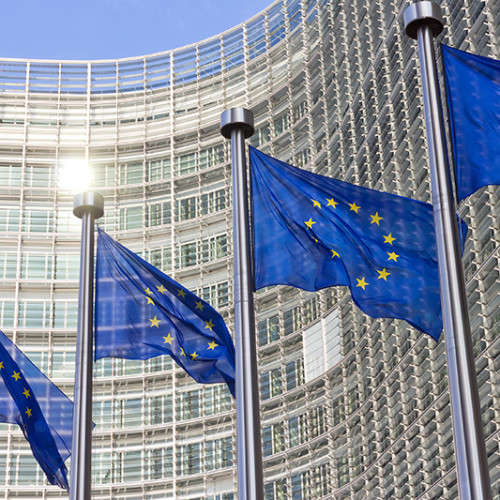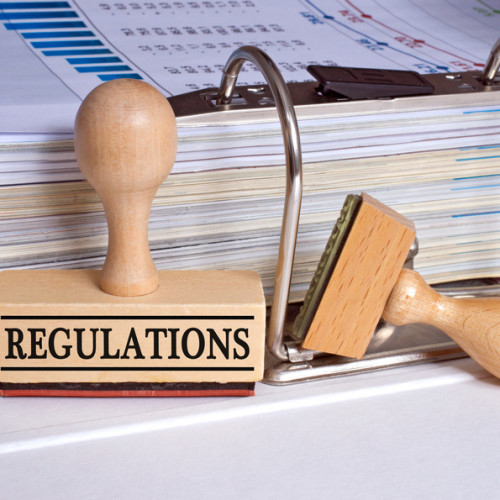
On 25 January, 2022 the EFSA organized a webinar to introduce new services, processes for the health claim procedure following the implementation of the EU’s Transparency Regulation (2019/1381) (TR).

On January 25, from 11.00 to 12.30, the EFSA is holding a public webinar to explain the new application procedure for health

On January 14, 2022, the European Commission published a Regulation amending Annexes II (Union list of food additives approved for use in foods) and III (Union list of food additives approved for use in food additives, food enzymes, food flavourings, nutrients) of Regulation (EC) No 1333/2008 of the European Parliament and of the Council with regard to the food additive titanium dioxide (E171).

Orchidali wishes you a shiny and vitaminized year 2022!

A series of articles of the French Anti-Waste Law for a Circular Economy (“AGEC” Law) come into force in 2022; some of them have a direct impact on the agri-food sector.

On January 25, from 11. 00 to 12.30, the EFSA is holding a public webinar to explain the new application procedure for health claims, following the implementation since 27 March 2021 of the EU regulation 2019/1381 known as the Transparency Regulation.

This French opinion makes recommendations on the labeling of the origin of the primary ingredient required when the manufacturer voluntarily includes that of the food product.

The consultation has been open on December 13 and is accessible up to the beginning of March 2022. Within the framework of

Santé Publique France announced in its September newsletter, the objectives and development axes of PNNS 4 for the end of 2021 and the beginning of 2022.

The document advises the European Commission on two pillars of the Farm to Fork strategy.